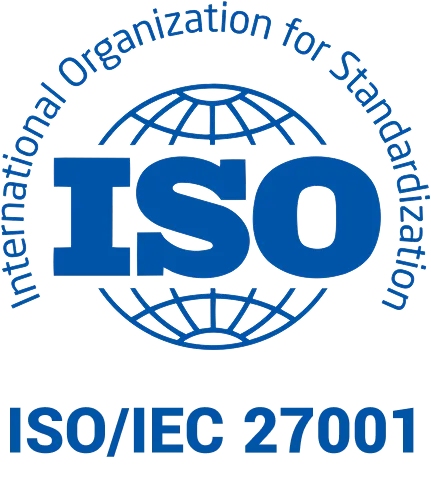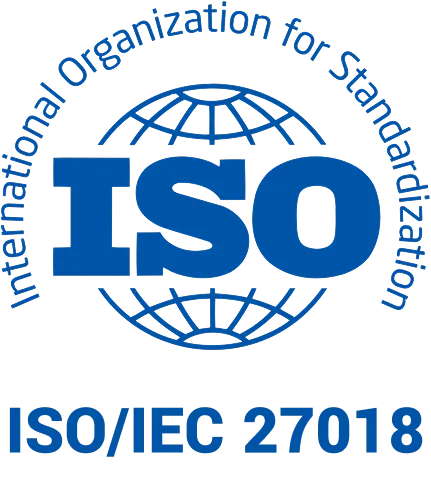
The Role and Importance of HR KPIs
What HR KPIs are and why they matter
HR KPIs cover a wide range of HR activities, from recruitment to employee development. They enable:
- Monitoring HR processes to identify and address deviations from set objectives
- Collecting insights to better understand problems and evaluate alternative solutions
- Communicating clear expectations to employees regarding their work processes
How KPIs support organizational goals
By systematically monitoring KPIs, HR departments can react more quickly to labor market changes, manage resources more effectively, and contribute directly to overall organizational productivity.
Measuring HR effectiveness ensures proper budget allocation and guarantees that HR initiatives support the achievement of strategic business goals. Strategic HR KPIs often focus on revenue, profitability, and costs linked to human capital.
Benefits of Implementing HR KPIs
Organizations that implement HR KPI systems gain measurable advantages:
- Objective decision-making: rational, data-driven decisions on investments or strategic shifts
- Process optimization: identification of improvement areas across HR processes
- Higher productivity: better human capital management boosts organizational performance
- Strategic reporting: enables monitoring and reporting of HR’s contribution to leadership teams
Recruitment KPIs
Time to hire – measures the number of days between a job opening and a successful hire. Shorter cycles suggest efficiency, while longer cycles may point to bottlenecks.
Cost per hire – calculates the total cost of hiring, including both external (job ads, recruitment agencies) and internal costs (HR staff time).
Offer acceptance rate – percentage of accepted offers; a high rate signals attractive offers and effective processes, while a low rate suggests issues in the recruitment funnel or compensation.
Candidate experience – evaluates candidate satisfaction during the recruitment process, increasingly crucial for employer branding.
Recruitment source effectiveness – tracks which sourcing channels yield the best hires relative to applications received.
Selection method accuracy – assesses how effective recruitment tools are in predicting long-term success.
Employee Retention and Onboarding KPIs
- Employee retention rate – percentage of employees staying over a defined period; high rates suggest effective retention strategies.
- Turnover rate – the inverse of retention, showing attrition over time.
- New hire turnover – percentage of new employees leaving within the first months, often linked to onboarding quality.
- Probation-to-permanent conversion rate – measures recruitment accuracy by tracking contract extensions.
- Onboarding effectiveness – evaluates how quickly and effectively new employees reach full productivity.
Engagement and Satisfaction KPIs
- Employee satisfaction – measured through surveys, correlates with productivity and retention.
- Employee engagement – tracks motivation and loyalty. Platforms like Nais support this with recognition systems (e.g., kudos).
- Internal promotion rate – shows how effectively an organization develops and advances its talent pool.
Absence and Attendance KPIs
- Absenteeism rate – overall level of employee absences, a potential sign of low engagement or health issues.
- Short-term absence rate – focuses on unplanned, short absences (1–3 days).
- General absence rate – ratio of absent days to total working days.
Productivity and ROI KPIs
- Productivity per employee – measured as revenue or completed projects per employee.
- Human capital ROI (HCROI) – value generated per employee, calculated as:
(Revenue – (Operating Costs – Total Employee Costs)) ÷ Number of Employees - HR effectiveness index – measures HR’s ability to deliver on strategic goals (e.g., retention targets, satisfaction, recruitment efficiency).
Learning and Development KPIs
- Training budget utilization – percentage of allocated budget spent on training.
- Knowledge transfer rate – percentage of employees applying new skills on the job.
- Training effectiveness – measures improvements in skills and performance post-training.
- Training satisfaction – participant evaluation of training programs.
- Training ROI – compares training costs with measurable business outcomes.
Implementing and Managing HR KPIs
Choosing the right KPIs – must align with strategic business goals, industry specifics, and available data.
Implementing KPI systems – requires consistent processes and tools. Modern HR Tech platforms like Nais support:
- Full HR document digitization
- Automation of HR processes
- KPI monitoring and reporting
- Integration with systems like Symfonia and Teta
Monitoring and adapting – regular review and updates ensure KPIs stay aligned with evolving business needs, trends like AI automation, HR analytics, and hyper-personalization.
Common Pitfalls and Best Practices
- Avoid focusing on single metrics without context
- Account for organizational specifics when benchmarking
- Balance short-term results with long-term trends
- Update KPIs regularly to reflect reality
When properly selected and communicated, KPIs can motivate HR teams by providing clear, measurable goals tied to organizational strategy.
Examples of Effective KPI Use with Nais
Companies using the Nais platform have achieved measurable results:
- Saved over PLN 1.5 million annually through HR document digitization
- Processed over 100,000 electronic requests
- Increased cafeteria benefit purchases by 30% in 2023
- Reached a 99% onboarding completion rate
Conclusion
HR KPIs form the foundation of modern human capital management, empowering HR managers and CFOs to make informed, data-driven business decisions. Systematic measurement improves processes, productivity, and alignment with strategic goals.
The key to success lies in selecting the right indicators, monitoring them consistently, and leveraging modern HR Tech solutions like Nais, which support process automation and KPI reporting.
In a fast-changing business environment, organizations that invest in HR KPI systems gain a competitive edge and build stronger, more engaged teams. Implementing HR KPIs is an investment in the future – and in the most valuable asset of all: people.




































